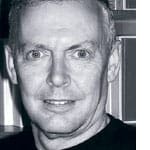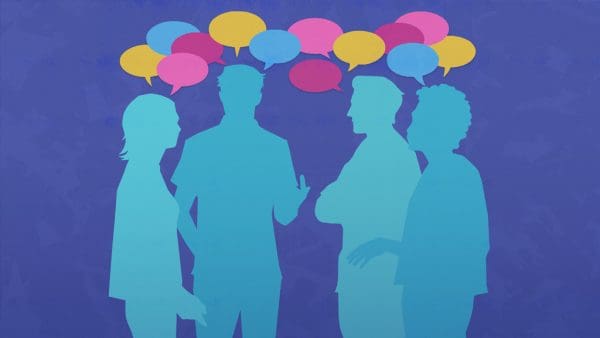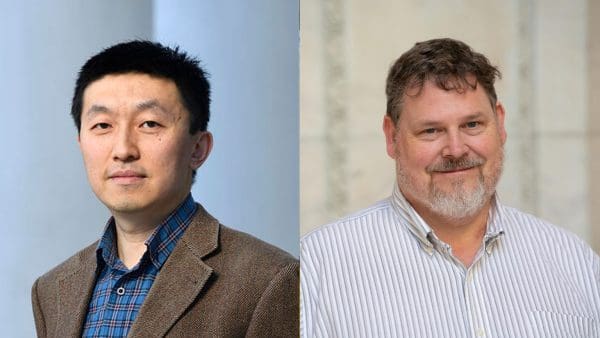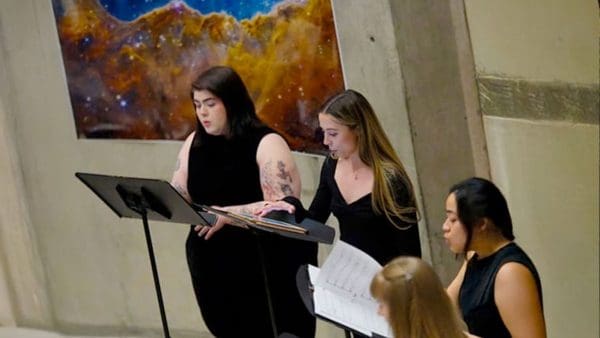The Bloomberg Distinguished Professorships are the centerpiece of the university’s focus on strengthening its “capacity for faculty-led interdisciplinary collaboration” as outlined by President Ronald J. Daniels. A total of 50 endowed professorships, to be appointed over five years, are supported by a gift to the university by Johns Hopkins alumnus and former New York City Mayor Michael Bloomberg.
Ta
Ha is known for developing sophisticated physical techniques to manipulate and visualize the movements of single molecules in order to understand basic biological processes. In particular, he focuses on DNA transactions, such as replication, recombination, and chromatin assembly, which may eventually lead to answers in addressing cancer and infectious diseases.
“You have to use sophisticated computational and physical mathematical models to get info out of sometimes noisy data,” says Ha.
With appointments across the schools of Medicine, Arts and Sciences, and Engineering, Ha will teach an interdisciplinary biophysics course for undergraduate students and conduct research in three labs on two Johns Hopkins campuses.
Ha’s research program fits under the umbrella of Johns Hopkins’ Individualized Health Initiative, particularly his genomics studies and tools that help connect variations in DNA sequence to individual health outcomes.
He joins Hopkins from the University of Illinois at Urbana-Champaign, where he was the Gutgsell Professor of Physics.

“People think that seeing is easy because everybody can open their eyes and understand the world directly. When people started trying to create artificial intelligence, they thought vision was so easy that an MIT professor asked his student to solve it over the summer holidays,” Yuille says. Twenty years later, a computer program, Deep Blue, beat world chess champion Garry Kasparov, but computer vision systems were still unable to detect faces in images.
“Getting computers to understand images is really difficult,” says Yuille, whose research aims to develop mathematical models of vision and cognition that allow us to build computers that, when given images or videos, can reconstruct the three-dimensional structure of a scene.
His work will reach across the computer vision, vision science, and neuroscience communities at Johns Hopkins, particularly in the schools of Arts and Sciences and Engineering, and his research falls within the Science of Learning Institute signature initiative.
Yuille comes to Hopkins from the Department of Statistics at UCLA, where he holds courtesy appointments in psychology, computer science, and psychiatry and serves as the director of the UCLA Center for Cognition, Vision, and Learning.




